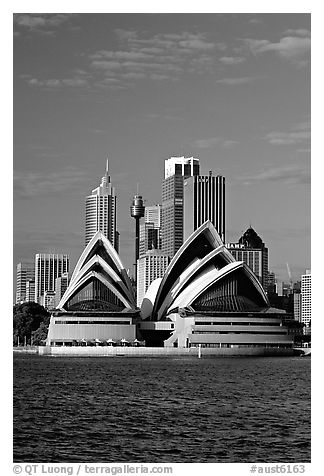
The extravagant, expressive system of either shells or sails, drawn by a Danish architect, caused controversial opinions among Australians. Some, admiring, considered the theater a magnificent monument to a frozen melody, while others embarrassed by the shape of the roof, reminiscent of huge oyster shells or blown out sails. The architect, enjoying unbreakable authority, insisted on the victory of his chosen one: the decision on the winner was not unanimous. On January 29, 1957, the winner of the competition named, Iorn Utzon, who proposed to decorate the harbor with a building resembling a ship flying through the waves . In December 1956, the jury, which considered 233 applications from 28 countries, rejected most of the projects and narrowed the circle of applicants. The chairman of the jury, an American architect of Finnish origin, Eero Saarinen, saw among the rejected a “clear favorite” – the Dane Iorn Utzon, whose work he liked. Sir Eugene proposed to the state government to build a music house in Sydney. Inspired by the idea, Goossens chose a place for the opera and convinced influential people in Australia to join the cause. They decided to build an opera house in Sydney’s Bennelong harbor, on the water, on the site of a tram depot, which moved to another location. The state government has announced an international competition for the best project of a musical house.

The building of the Sydney Opera House owes its appearance to the conductor from Great Britain, Eugene Goossens, who arrived in Australia in 1947 to record a concert of the Sydney Symphony Orchestra on the radio. The Briton shocked that there nowhere to place the opera, there no building in the big city where people would come to listen to music.


 0 kommentar(er)
0 kommentar(er)
